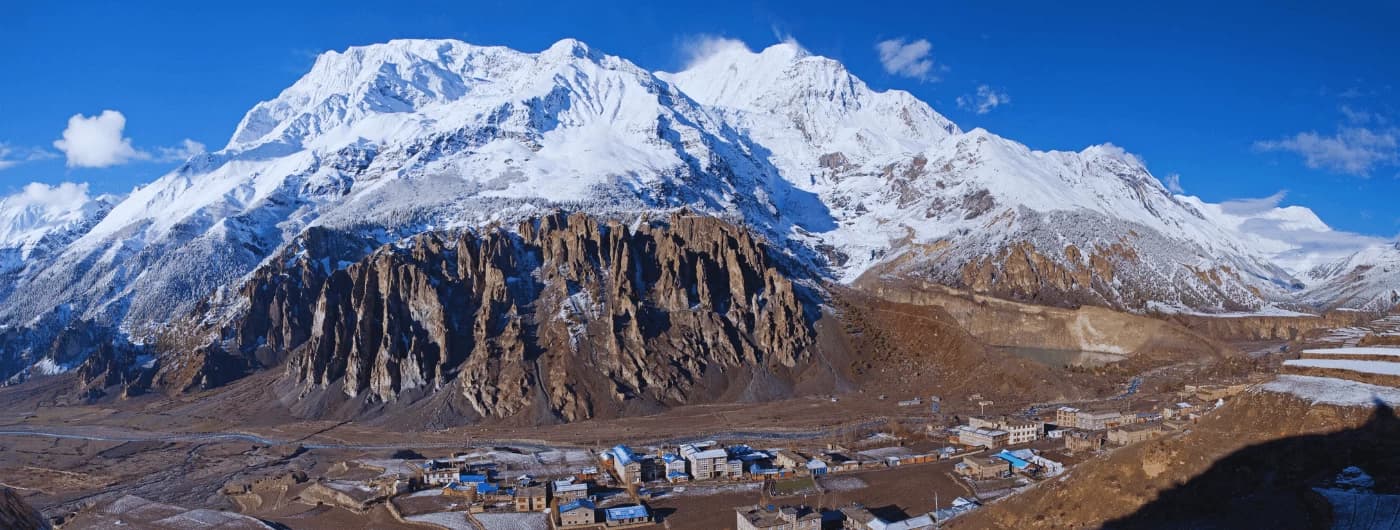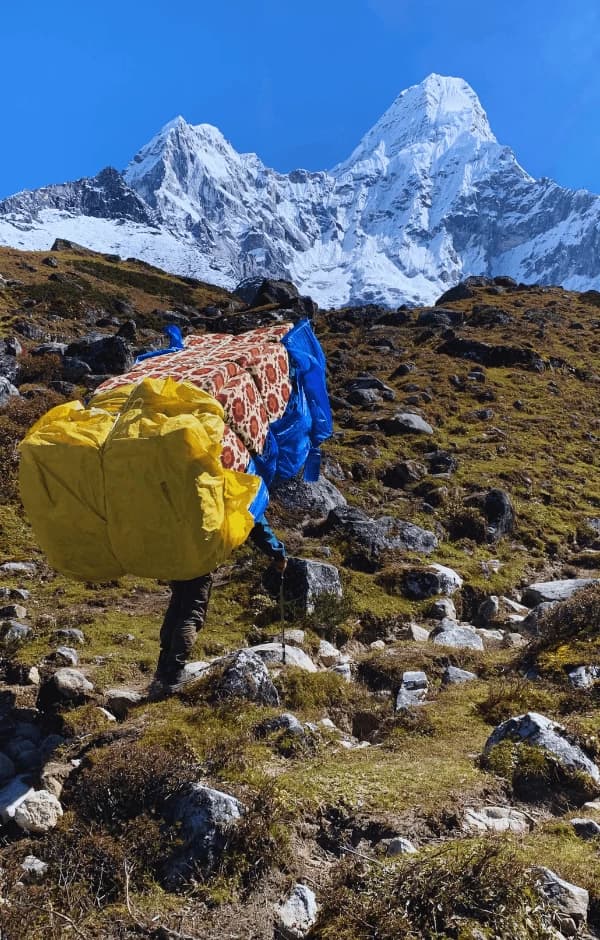Nepal is a trekking paradise, offering some of the most iconic trails and stunning landscapes in the world. From snow-capped peaks to lush valleys, serene alpine lakes, and rich cultural experiences, trekking in Nepal promises an adventure like no other. Overland Trek Nepal, one of the best trekking companies in Nepal, organizes over 80 trekking routes across different regions, ensuring every traveler finds the perfect journey to match their dreams.
Everest Region Trekking and Hiking
15 Packages



